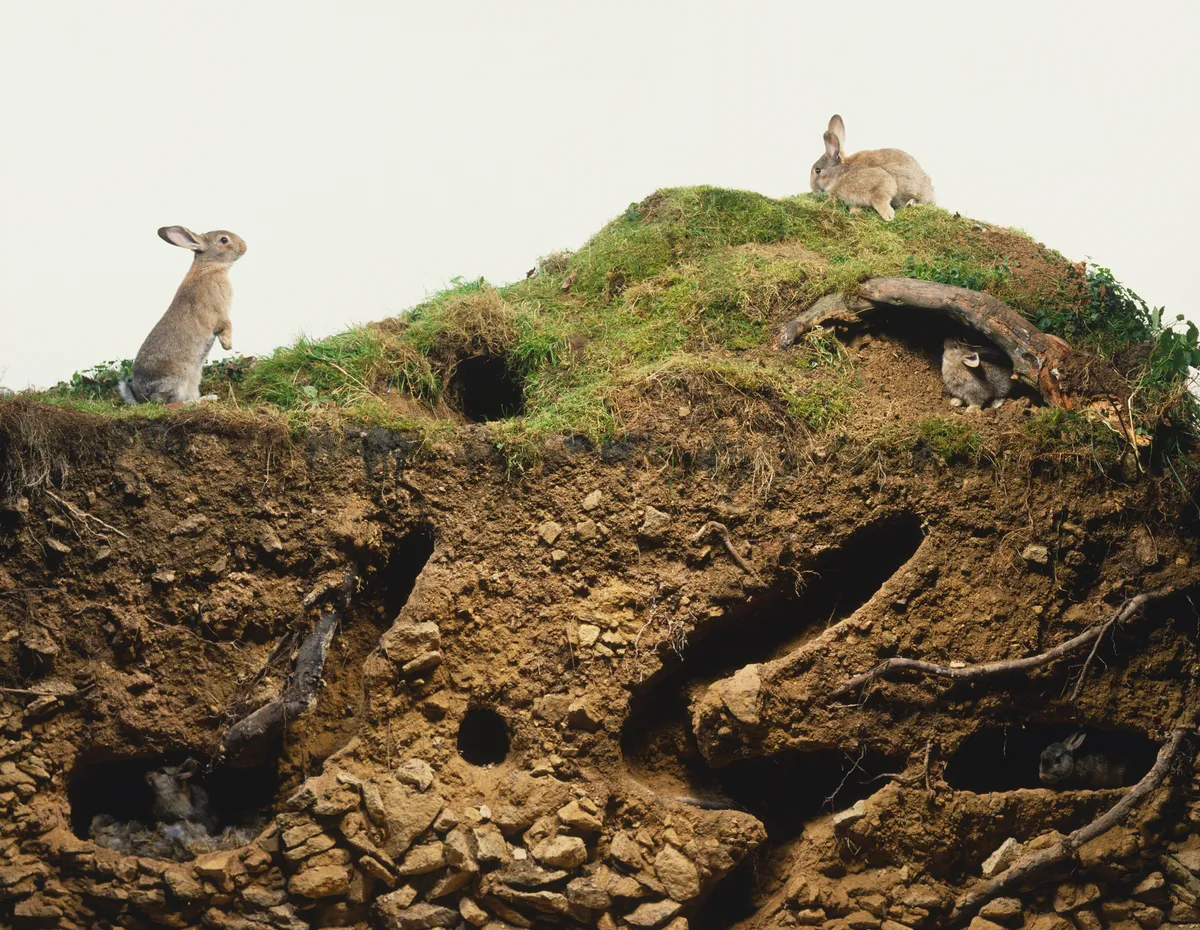Ever wondered which animal has made small holes in the ground? Or what animal that burrow you've spotted belongs to? Winter is the best time to look for mammal holes made by burrowing animals, because as the vegetation has died back, holes and burrows are easier to spot.
In addition, species such as badgers and foxes aren’t breeding, and so you’re unlikely to disturb them.
If you’re really lucky, fresh snow or wet mud will also preserve tracks leading to the holes, and these will help you identify their occupants.
How to identify animal habitats: a guide to common UK animal holes and burrows
It is by no means unusual, though, to find badgers, foxes, rabbits and rats all sharing the same badger sett, often emerging from the same holes.
Small predators, such as stoats and weasels, often live in holes stolen from their prey, and even pine martens have been recorded living in badger setts. So don’t be surprised if you find some strange bedfellows.
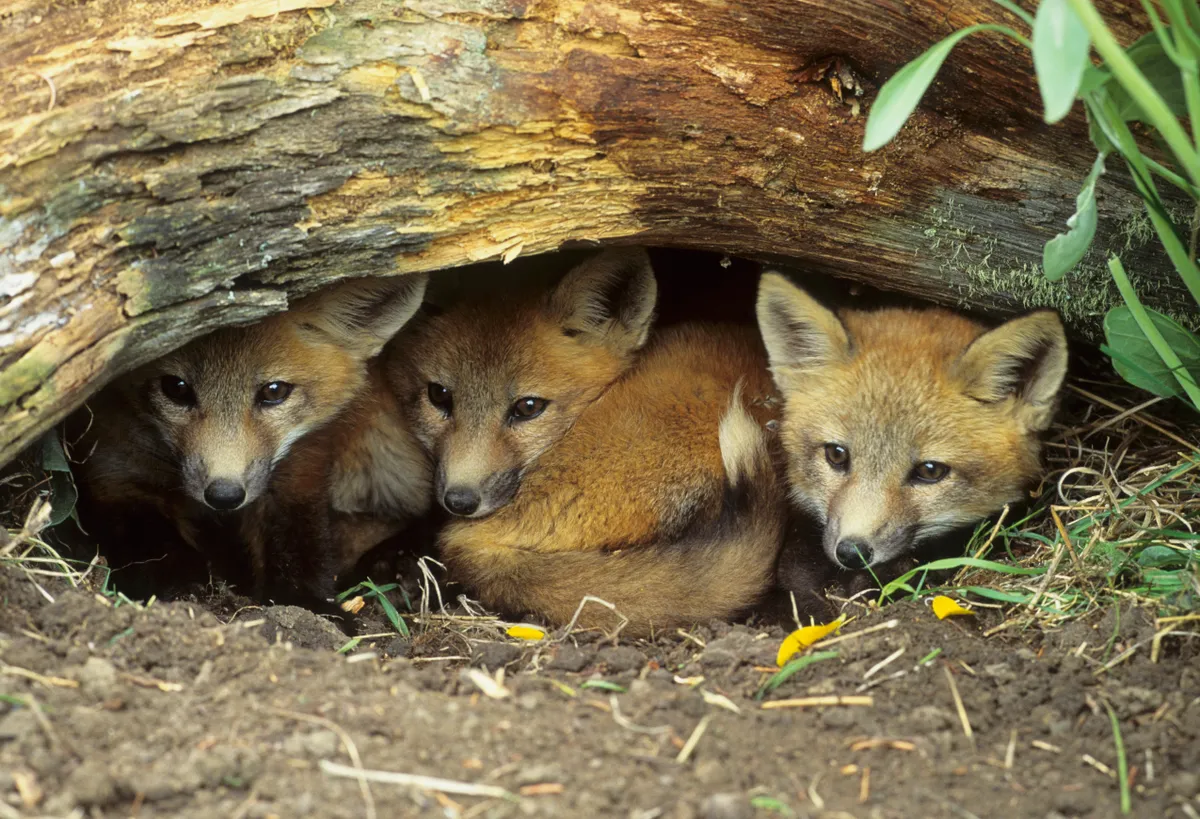
Mouse hole
- Bank voles, wood mice and yellow-necked mice can dig extensive burrow systems, often under tree roots.
- Wood mice dig burrows in cereal fields and similar open situations.
- The tunnels are generally only a few centimetres below ground, with entrance holes about 3cm in diameter.
- Mouse holes are often camouflaged or blocked with debris, such as small stones, clods of earth or twigs. Tunnels – particularly those of the bank vole – frequently connect to runways above ground through dense vegetation.
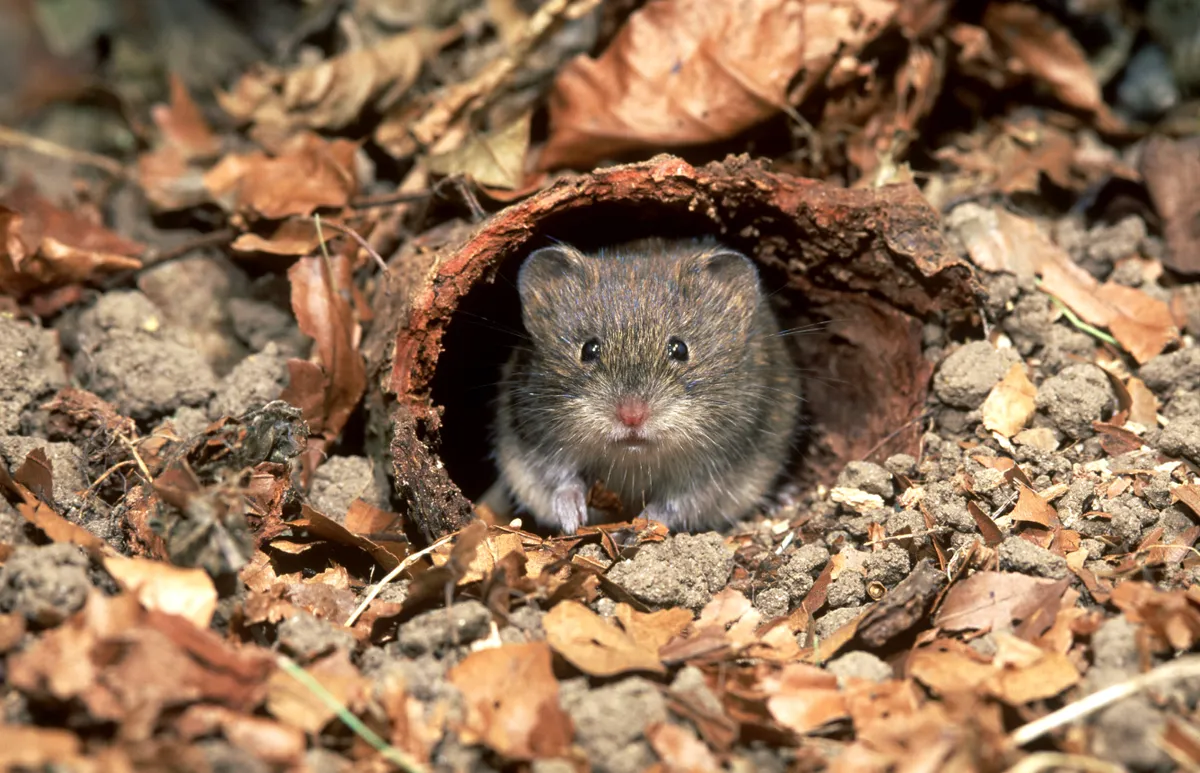
Rat hole
- Rats dig holes similar to those of water voles, 6-9cm in diameter. They are usually close to water, but are also found in a variety of other habitats such as hedgerows, rubbish tips and often under cover such as tree roots and logs.
- Unlike water vole holes, rat holes generally have a fan-shaped mass of freshly dug soil outside and the holes are connected by well-trodden runways.
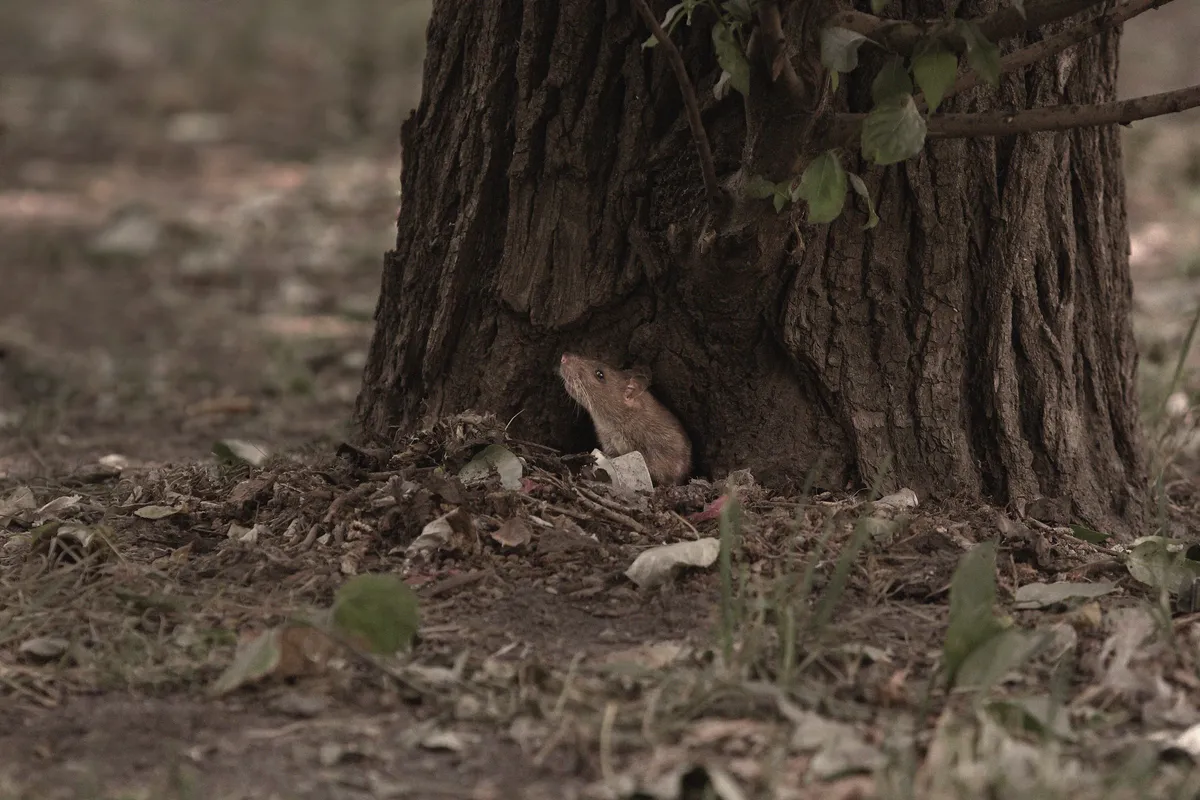
Water vole burrow
- Water voles generally dig burrows in banks, with a series of holes close to the water’s edge or even under water.
- Occasionally, water vole holes can be 2–3m from the water.
- Water vole holes are roughly circular, 5cm–7cm in diameter, and generally have a closely cropped ‘lawn’ within a 15cm radius of the hole.
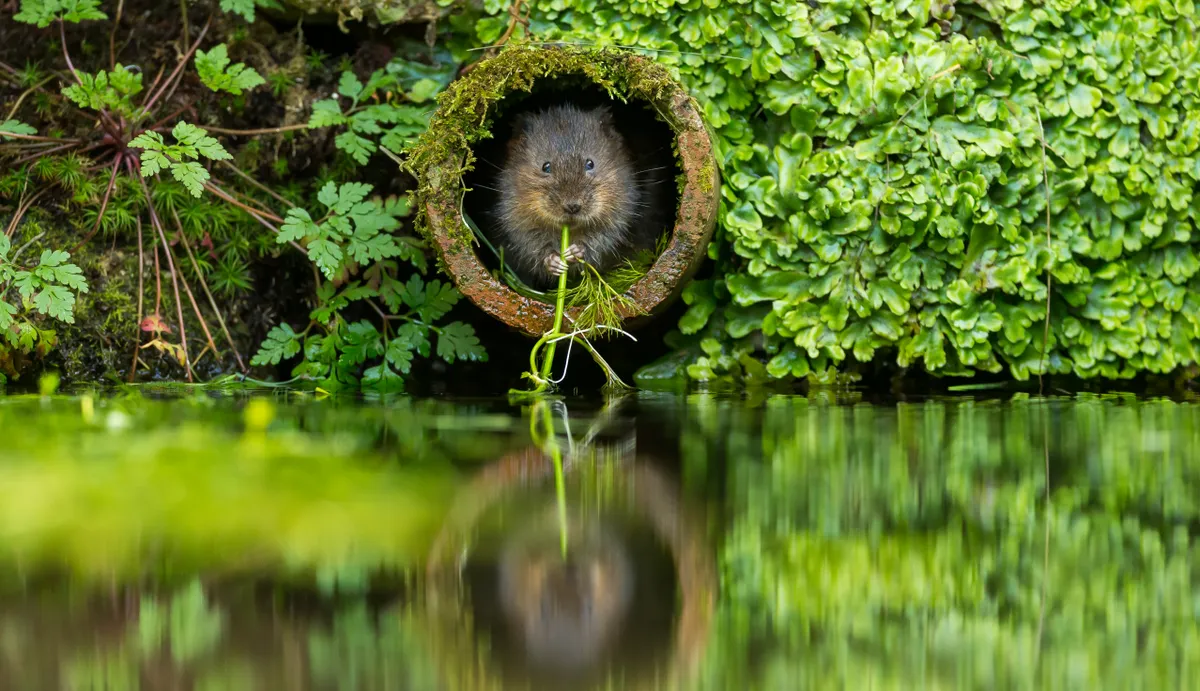
Badger sett
- Badger setts range in size from one to more than 50 holes.
- They are usually found on the edges of woods, but can be found in virtually any habitat, including open moorland.
- Badger holes are 20-30cm in diameter, wider than they are tall and shaped like a ‘D’ on its side.
- A network of broad paths often leads to badger setts. Fresh bedding may be found outside holes, especially in winter, and old bedding can be seen in spoil heaps.
- Coarse black and white hairs can be found in freshly dug soil or roots.
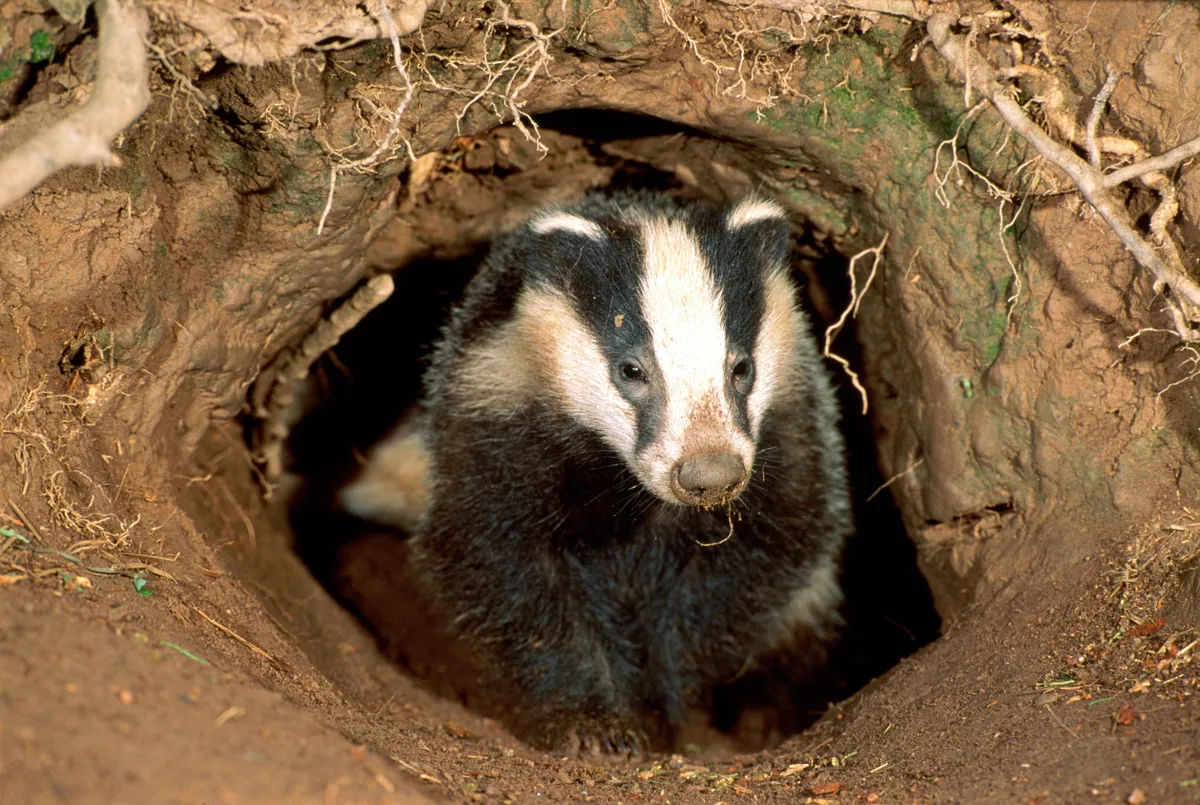
How to identify animal droppings
Droppings or scats can tell us a lot about which animals have been visiting our gardens, parks and countryside, including hedgehogs, foxes and badgers.
Fox burrow
- Foxes use holes most intensively when breeding in spring. At other times of year, they often prefer to lie up above ground, except in the most inclement weather.
- Fox burrows are more properly known as fox earths.
- Generally only a few holes, sometimes with extensive spoil outside. In winter, many holes are dug out in preparation for spring – sometimes the debris includes the remains of foxes that have died underground.
- Fox burrows are generally taller than broad, around 20cm in diameter.
- Fresh food remains are usually only found outside the holes from April to June, when cubs are present.
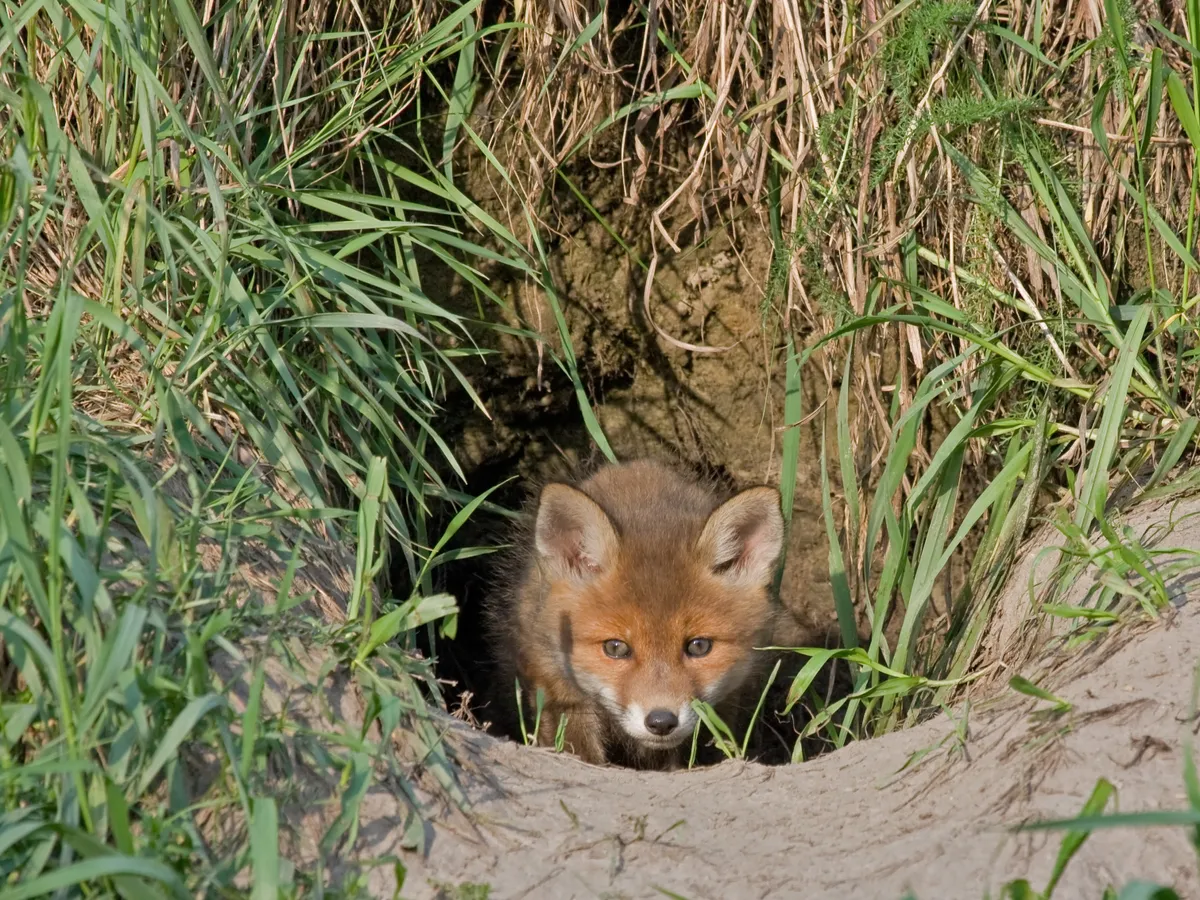
Rabbit warren
- Rabbit warrens are especially common on slopes and banks, where drainage is better.
- Generally an extensive burrow system, but single-entrance burrows are used for breeding and lying up.
- There may be extensive spoil outside the holes of rabbit warrens, which are 10-15cm in diameter and usually slope inwards at a shallow angle.
- Rabbit droppings and tufts of fur are frequently found outside burrows. There will be extensive signs of grazing close to burrows, especially on edges of arable fields.
